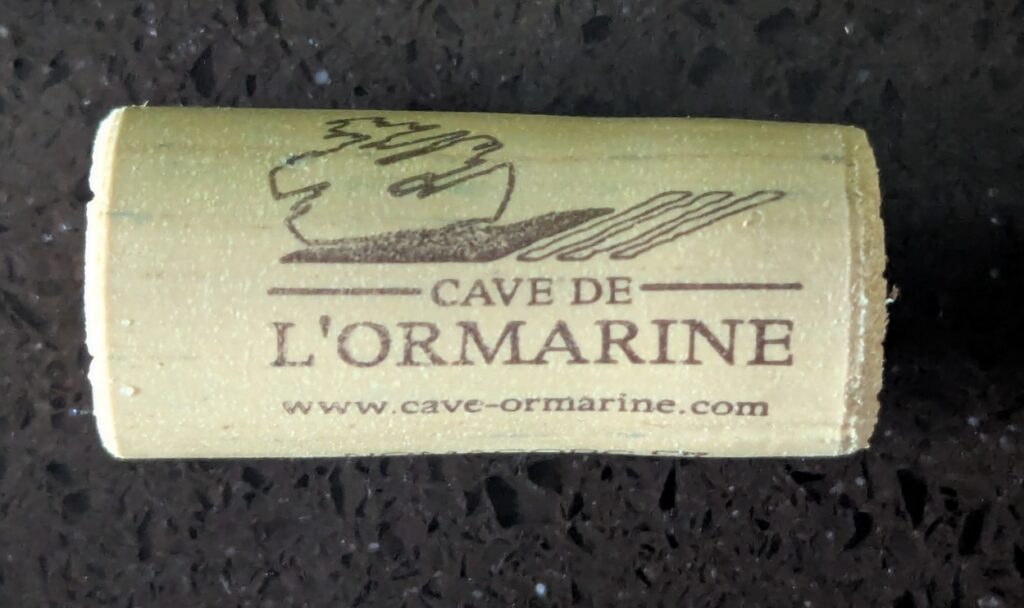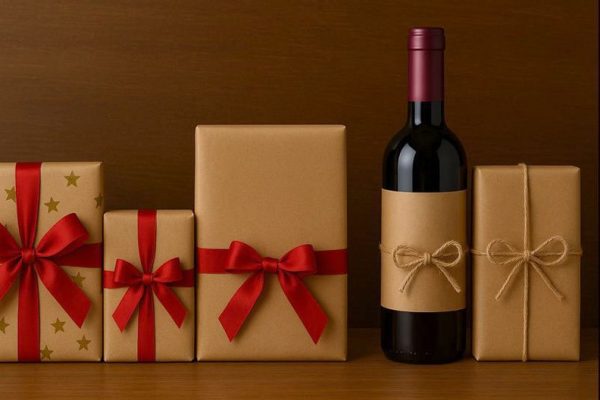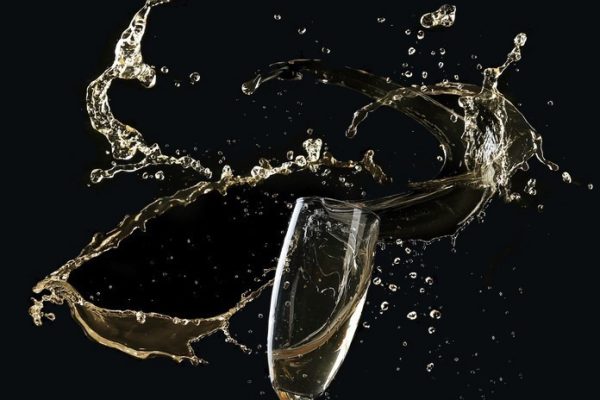
This 2023 vintage Picpoul is a striking example of the quality now coming out of this Languedoc appellation. Ormarine, based in the heart of Pinet since 1922, is responsible for over 40% of the region’s total production and their expertise shows in this wine. The term ‘Élevée sur Lies Fines’ refers to ageing on fine lees, the spent yeast cells left over after fermentation which adds depth, texture and complexity.
In the glass, the wine shows a slight green-gold hue. When served very cold, it opens with a restrained peach/nectarine aroma, but the palate is already full-bodied with rich stone fruit flavours. After about twenty minutes of warming in the glass, the aroma develops into a riper peach profile and the mouthfeel becomes very rounded and expressive. The finish is long, lingering with a citrus lift, a faint autolytic character (reminiscent of Champagne) and subtle toasted notes from the lees ageing.
With an ABV of 14%, this is a Picpoul with more weight and presence than usual, yet it remains wonderfully fresh and incredibly moreish. A natural match for seafood, especially shellfish or grilled white fish. Available at Majestic for £12.50 as part of their Mix Any Six offer.














